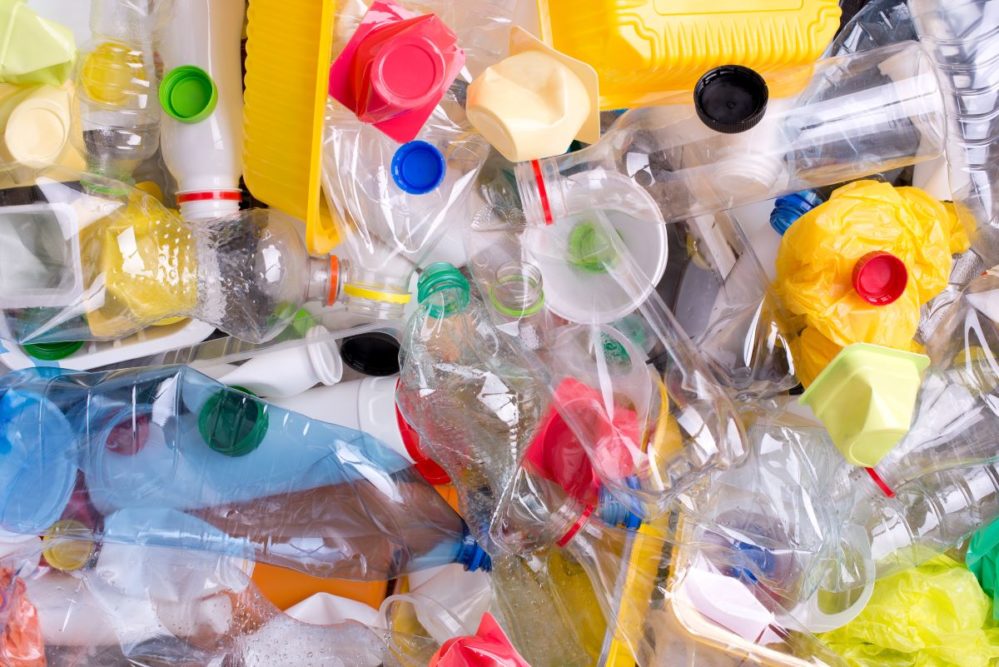PITTSBURGH — The Kraft Heinz Co. has set a new goal in 2023 to reduce the use of approximately 100 million lbs (or 20%) of virgin plastic in its global packaging portfolio by 2030. According to the company, the goal is a “critical step” in decreasing its use of fossil fuels and finding more sustainable product packaging options. It also builds on Kraft Heinz’s existing portfolio investments to cut plastic use and meet its broader packaging goals, which include developing 100% recyclable, reusable or compostable packaging by 2025 as well as halving greenhouse gas (GHG) emissions by 2030 and reaching net-zero emissions by 2050.
A first step toward its goal will be to replace virgin plastic with recycled content.
Kraft Heinz said it is building on existing work with the US, Canada and UK Plastic Pacts to increase the use of recycled content in its packaging. The company seeks to replace 15% of its US PET rigid plastic packaging portfolio with post-consumer recycled content by 2025. Additionally, Kraft Heinz has partnered with specialists in the United Kingdom to create recyclable Heinz Beans Snap Pots that are food safe and made with 39% recycled plastic as they are created from soft plastics that customers returned to the British multinational groceries and general merchandise retailer Tesco PLC. The company also moved to 30% recycled content in most of its bottles from Brazil, United Kingdom and Europe and plans to transition the packaging of its Real Mayo and Miracle Whip products to 100% recycled content in the United States starting in 2024 to eliminate approximately 14 million lbs of virgin plastic.
Second, Kraft Heinz is taking up material elimination or reduction methods. The company said it is identifying packing solutions that use less plastic, which include eliminating unnecessary plastic components. As part of this area, Kraft Heinz launched an environmentally friendly Heinz multipack paperboard sleeve to replace plastic shrink wrap in the United Kingdom, eliminating more than 1 million lbs of plastic in 2022. The company also took its “first step toward a sustainable future” last year, effective across its full product portfolio, when it removed the plastic “shaker” bag from its signature Shake ‘N Bake packaging to assist in eliminating 900,000 lbs of plastic waste annually.
A third area of focus for Kraft Heinz revolves around exploring material alternatives. The company said it is looking into the use of alternative materials, such as fiber-based packing, hoping to use these innovations for other packaging formats in the coming years. In 2022, Kraft Heinz said it is working on a pilot with the packing technology company Pulpex to create a paper-based, renewable and recyclable bottle made from 100% sustainably sourced wood pulp for Heinz Tomato Ketchup, which it said is “a first in the sauce category.” The company currently is testing the prototype to assess performance before launching the bottle on the market. Meanwhile in Canada, Kraft Heinz replaced its non-recyclable flexible plastic Nabob coffee bags with recyclable canisters made from 80% renewable paper fiber this year, which is estimated to eliminate approximately 2.5 million plastic bags annually.
“To achieve our ESG goals, including to reach net-zero GHG emissions, we can’t continue to do things as we have in the past,” said Rashida La Lande, executive vice president, global general counsel, and chief sustainability and corporate affairs officer at Kraft Heinz. “We are investing in innovative technologies and partnerships that are critical to helping us redesign packaging, eliminate unnecessary plastic, increase our use of recycled content, and influence the adoption of reuse models. This is one more way we’re renovating our product portfolio to not only offer more sustainable options, but to deliver on our consumer expectations.”
Kraft Heinz said it is dedicated to minimizing operational footprint and leaving a positive impact on the environment as part of its company value “We do the right thing.” Kraft Heinz also said these solutions are a catalyst for “what’s to come” in the years ahead as the company aims to advance growth and innovation through partnerships.





